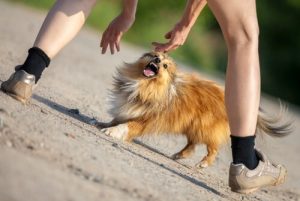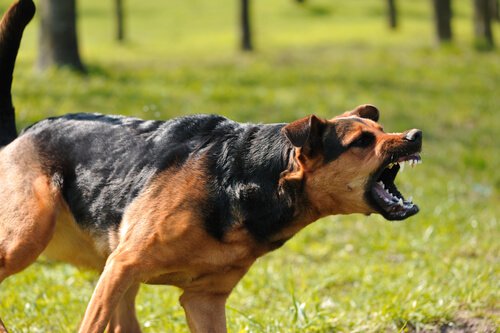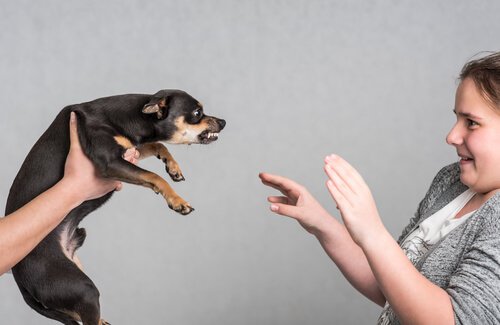If You're Attacked By A Dog, Follow These 4 Tips

If you’re wondering what you should do if you’re ever attacked by a dog, then tips on this article will surely be helpful to learn how to avoid the situation and react if you’re surprised by a dangerous or aggressive animal.
What to do if you’re attacked by a dog
Thousands of people are bitten or attacked by dogs every year and often the fault doesn’t lie on the dog. If the dog has an owner, then he/she is the person that was neglecting and not training the dog. In case the dog was a stray, most likely they have never received any training before. To avoid any problems, you can take a look at some tips on what to do if you’re attacked by a dog.
1. Stay calm and don’t run away
People say that “dogs can smell fear” and that when they do, they’re more likely to attack. It’s certainly true that dogs can read body language and act accordingly.
If you run, shout, or make any sudden movements you will probably scare the dog, and as a result, get attacked. Therefore, it’s a good idea to breathe slowly, have a positive attitude, and remain quiet.
If the dog approaches you, keep your ground, with your hands in your pockets or arms crossed. Turn yourself into a statue so that the dog loses interest in you. Even if they get really close to smell you, try not to move.

Keep the dog in your peripheral vision, but don’t look directly into their eyes. Dogs taking it as a threat.
Many people make the mistake of running away. This is the worst thing to do because the dog will go chasing after them as if they were prey. Plus, they’re probably quicker than you are, even if you’re on a bicycle.
2. Give them a command
It doesn’t matter if it’s your dog, a neighbour’s dog, or a stray. They all understand what you mean with a firm “no”. Your voice should sound authoritative and confident. The intensity of your voice is important because in most cases the dog will realise that they should leave or calm down.
Avoid shouting or speaking quickly. This will only confuse the dog and will make them more nervous. Remember, if you stay calm, then they will be more likely to as well.
3. Distract them
If you have some food in your bag or in your hand, you can throw it away from you so the dog looks for it and you can have time to escape. If you regularly pass by a place where there happens to be an aggressive dog, try to always have something on you which you can use to distract him.
You can carry biscuits, treats, or even a ball. This way, you can distract them while you carry on your way. But even still, don’t run or make sudden movements. This may completely undo your original distraction.

4. Get in the foetal position
If you can’t escape the dog, or if you fall over, a good technique is to go into a foetal position to protect your important areas.
A dog will do what he can to bite your throat because it’s a “vital” area. Also, try to cover your face and chest with your arms and hands. Tuck in your knees to protect your stomach.
Maintain this position for a few minutes. Let the dog get close to you and smell you. But whatever you do, do not use this as an opportunity to strike a blow. This will just make the dog more aggressive. If after all of this, you still don’t manage to stop the dog attacking you, the next step will be to treat the wounds that he’s inflicted.
Depending on how the severity of the wounds, you may have to go to a doctor. If you don’t know the dog that attacked you, it’s recommended that you go to the doctor for vaccinations. If you know the owner, make sure you inform them what has happened so that they can make sure their pet doesn’t attack or bite anyone else.
All cited sources were thoroughly reviewed by our team to ensure their quality, reliability, currency, and validity. The bibliography of this article was considered reliable and of academic or scientific accuracy.
Palacio, J., León, M., & García-Belenguer, S. (2005). Aspectos epidemiológicos de las mordeduras caninas. Gaceta Sanitaria. https://doi.org/10.1157/13071818
This text is provided for informational purposes only and does not replace consultation with a professional. If in doubt, consult your specialist.